Ellesmere Port Basin
Last night we realised that where we are moored is opposite the Holiday Inn’s function room and we wondered if we would be kept awake tonight with a noisy disco from a wedding or some such. Mick ventured out of the museum to find a Saturday paper, he succeeded at a petrol station, most probably having had to dice with death vaulting over barriers on the big roads around here. But he returned safely for breakfast.
Across in the function room we could see people milling around, a bit early for a wedding. Maybe it was a conference. I zoomed in with my camera to some things that were on a table at the end of the room, sadly I didn’t take a photo. Next to what looked like a raffle prize of a basket of fruit was a display board. There was a map of Africa, a photo of a group of people in football shirts and across the top it said Pregnancy Trekking. All the people in the room were women of various ages, but mostly ladies who had long passed the days of child bearing. Maybe it said Pregnancy Training! They spent the day in that room, had lunch and at one point the curtains were firmly closed, either a film or some group activity that required some privacy.
Anyhow, after breakfast we walked up to reception to finish checking in. Our mooring fee for two nights was the entrance fee for us both for the first day followed by £4 a night for Oleanna, £23.50. The entrance fee covers us for a full years admittance here and at The National Waterways Museum Gloucester too. This is very handy as we plan on heading to the Gloucester Sharpness Canal this year, just hope it reopens after a refurbishment before we get there.
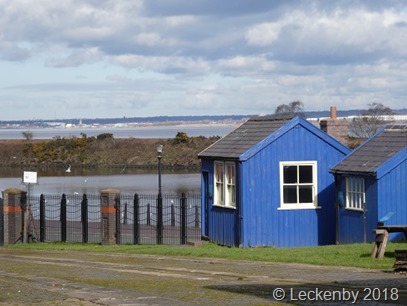
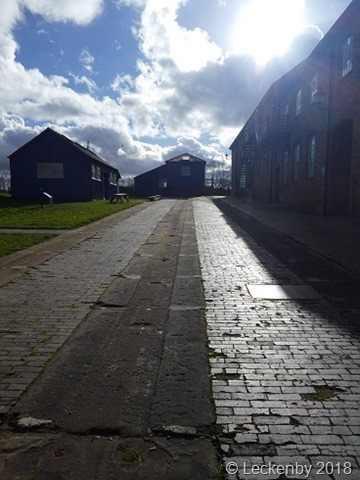 The Ellesmere Canal was Thomas Telfords first canal building job, linking the Mersey to the Dee at Chester and then the Severn (this section was never achieved). Ellesmere Port was a holiday destination in the 1790’s, very hard to believe now. Golden sands, a modern bathing house and the tourists were brought here by packet boat from Liverpool and Chester. The first canal basin was small, with only a lock keepers cottage, an inn, stables and an engine to pump water from the upper basin.
The Ellesmere Canal was Thomas Telfords first canal building job, linking the Mersey to the Dee at Chester and then the Severn (this section was never achieved). Ellesmere Port was a holiday destination in the 1790’s, very hard to believe now. Golden sands, a modern bathing house and the tourists were brought here by packet boat from Liverpool and Chester. The first canal basin was small, with only a lock keepers cottage, an inn, stables and an engine to pump water from the upper basin.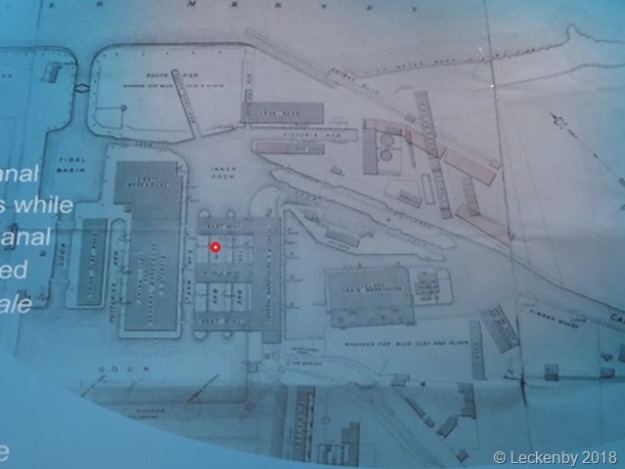 |
| The red dot is where we are moored |
By 1843 a new dock was opened, updated with warehouses, offices and upgraded locks, it could now be a busy commercial port. New links with the Trent and Mersey, Birmingham and Liverpool Canals meant that the port grew quickly. The Manchester Ship Canal opened in 1894, bringing with it much industry. The Shropshire Union and Railway company advertised itself as the ‘first port on the Manchester Ship Canal’. Metal work, oil and chemicals all brought with it a growth in the population, no longer a holiday destination, just a mass of industry! A lack of housing and increase in pollution followed. The port expanded.
 |
| No warehouses around us today |
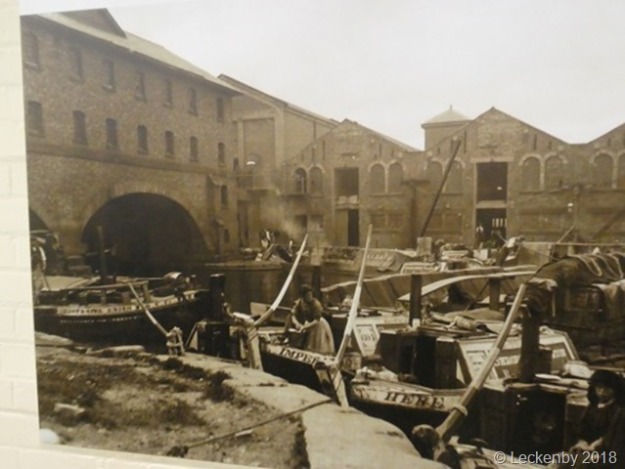 |
| Oleanna would just be through that archway |
Moving goods on and off ships and canal boats took time, so hydraulic cranes were used around the docks to speed the process up all powered from a central Pump House. Later a dock railway did a similar job. They even produced their own gas on site, so work could continue through the night. Where Oleanna is moored at the moment there used to be warehouses spanning the islands, with archways below where boats could be loaded and unloaded. There are still signs of the supporting pillars as we walk to and from from Oleanna.
In 1956 the docks closed, the site decayed and buildings became derelict. In 1971 an enthusiastic group wanting to preserve boats and the traditions of the canals decided to take action. They created The North West Museum of Inland Navigation, with local support Ellesmere Port became their home. The Toll House was the first to be restored and in June 1976 it housed a small exhibition. In 1980 The Boat Museum Trust was formed and in 1999 it was renamed the National Waterways Museum.
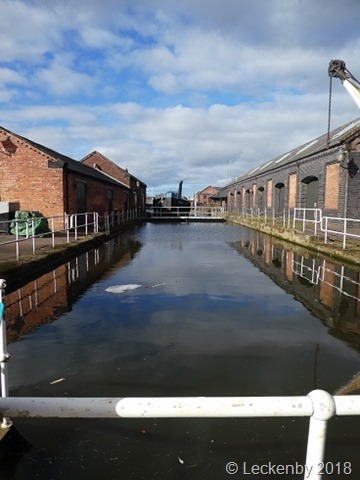
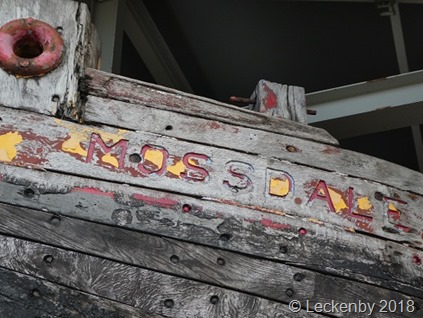 Last year a project funded by the Arts Council England Resilience Fund meant that many decaying sunk boats could be lifted out from the water and put into storage off site so that restoration work can be carried out on them. The Victoria Arm has funding to help develop it into a dry dock to be used to help conserve the museums boats and possibly for commercial use. The largest of the museums boats Cuddington (our nearest neighbour) will be able to fit in the dock.
Last year a project funded by the Arts Council England Resilience Fund meant that many decaying sunk boats could be lifted out from the water and put into storage off site so that restoration work can be carried out on them. The Victoria Arm has funding to help develop it into a dry dock to be used to help conserve the museums boats and possibly for commercial use. The largest of the museums boats Cuddington (our nearest neighbour) will be able to fit in the dock.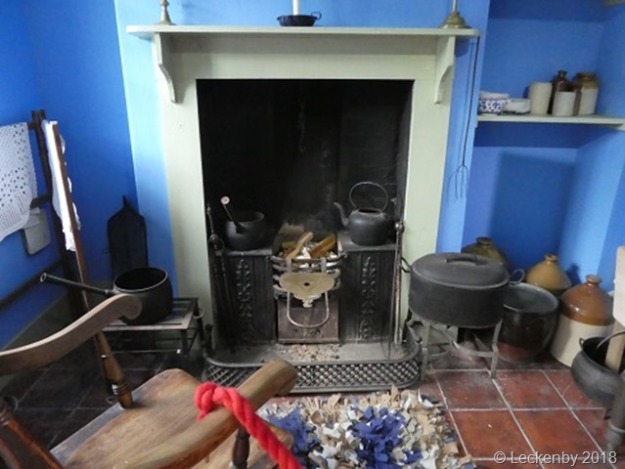

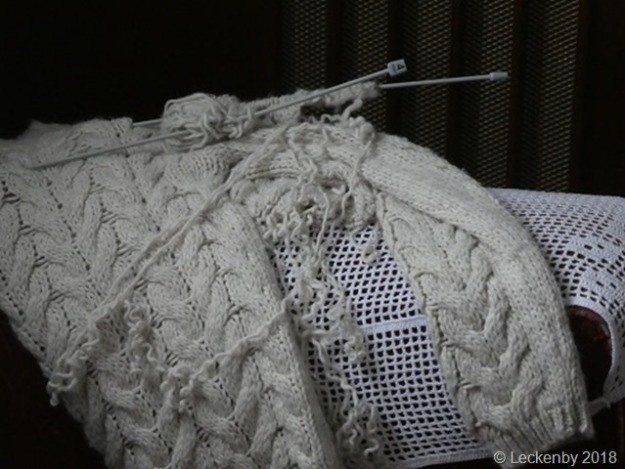 Then having home on our doorstep we returned to Oleanna for lunch before visiting the four Porters cottages which have been laid out spanning from 1830’s to 1950’s. Then we moved on to the Island Warehouse, but only managed to do the ground floor. There is so much to read and look at, things we thought we knew about, but there is so much more. Originally we thought we’d spend a day doing the museum, but because we can, we’ll finish what we started tomorrow, we may even stay another night.
Then having home on our doorstep we returned to Oleanna for lunch before visiting the four Porters cottages which have been laid out spanning from 1830’s to 1950’s. Then we moved on to the Island Warehouse, but only managed to do the ground floor. There is so much to read and look at, things we thought we knew about, but there is so much more. Originally we thought we’d spend a day doing the museum, but because we can, we’ll finish what we started tomorrow, we may even stay another night.0 locks, 0 miles, 1 private museum, 4 cottages, 52 pregnancy trekkers, 4mm needles, 2 much to read, 2 much to take in, 2nd day needed, 1 quiet night on board.
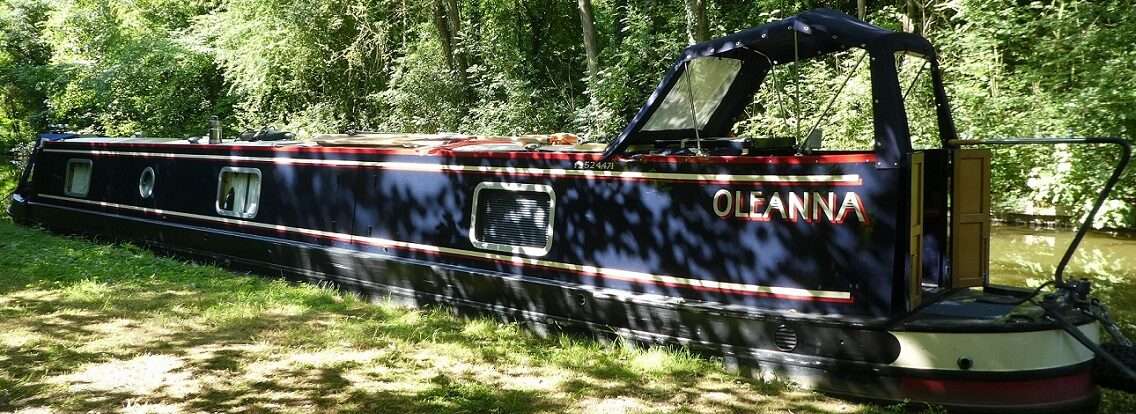
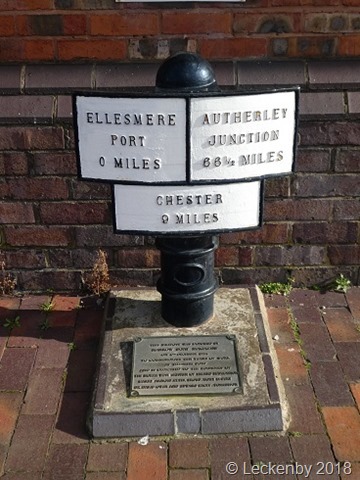
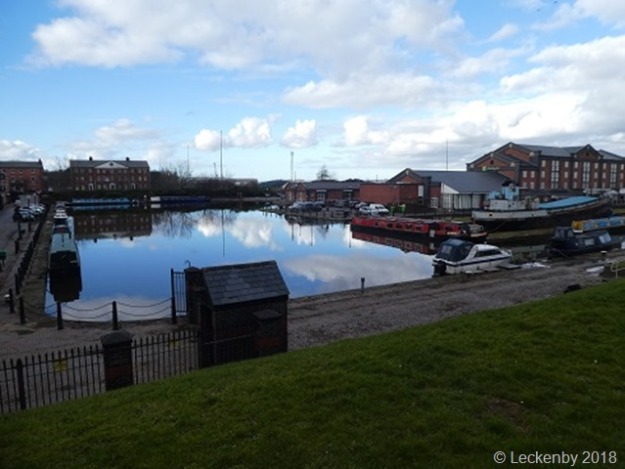

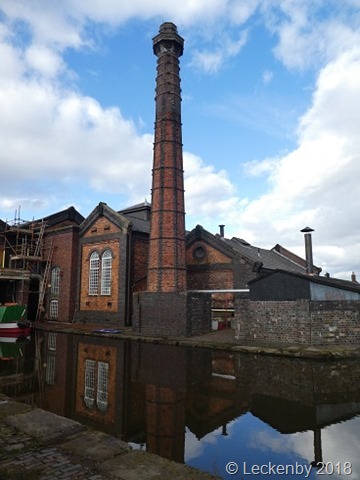
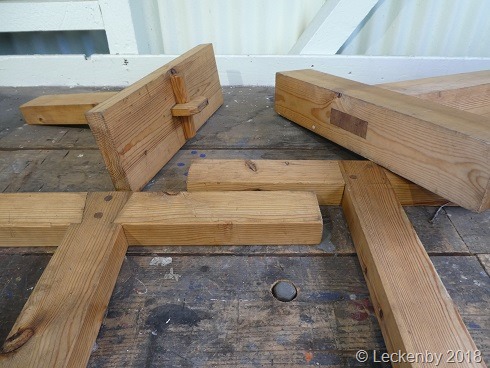
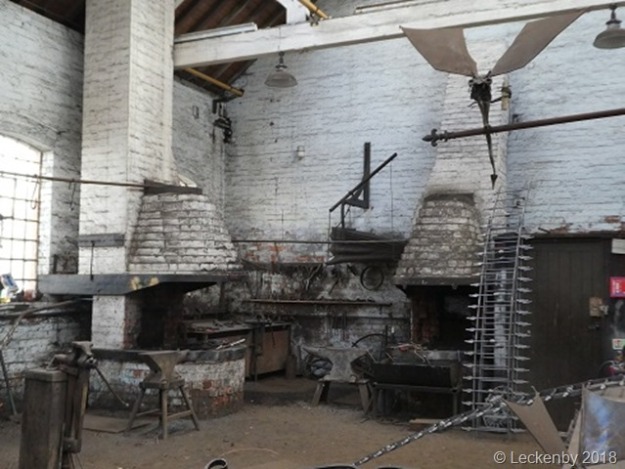
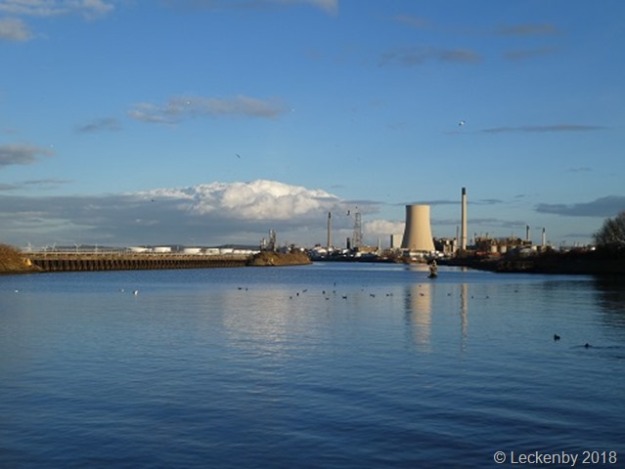
We may meet you soon, we are heading your way
We'll keep a look out, look forward to meeting you rather than just waving.